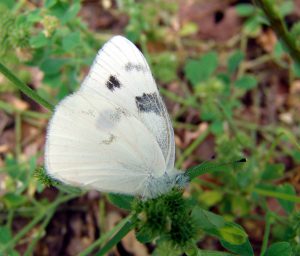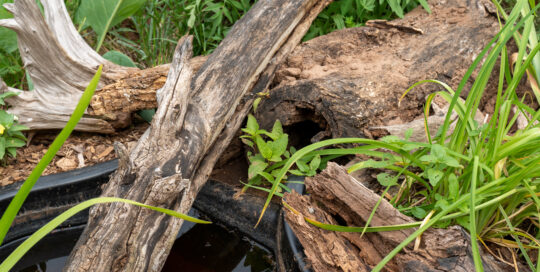Gardening is a Bit Like Dating
Views: 3826

This week I attended a presentation on gardening by Casey Hentges, host of the excellent program, Oklahoma Gardening. Very tongue-in-cheek, she mentioned that she sometimes likens gardening to dating: Anyone can be a successful gardener, it’s just a matter of finding the right fit for you. So, one person may be able to make a living as an organic gardener, while another person might be better suited to owning a small succulent that doesn’t require much more than a safe place in a sunny spot. Her point was that nobody has a “black thumb,” they just haven’t found the right plant(s) to suit their lifestyle yet!
It’s an amusing analogy, for sure, but it got me thinking about how personal gardening is. In many ways, our gardens are an expression of our values and preferences. Some people create perfectly tidy, balanced, organized plots. Any weed is doomed for being an unwelcome invader. The colors are perfectly balanced and complement each other. Me? I tend to embrace the chaos. My flower beds look wild and untidy. Something has gone to seed over here? Will they benefit pollinators? Yes! No problem! Asymmetry doesn’t bother me too much. Maybe some would call me a lesser gardener because of it, but it is right for me.
I dabbled in gardening for a long time. Flowers were pretty, so I planted flowers. I planted them in the wrong places, watered them too much or too little. If I thought something looked pretty, I would try it out. Mind you, there was nothing wrong with this (unless you were an unfortunate plant sacrificed to my learning curve). I gradually discovered what worked (I don’t have to water it daily) and what didn’t work (it needs wet, rich soil). Eventually, I figured out what kind was my match: xeric gardening with hardy plants that can tolerate abuse.
Once I started having success with my gardens, they brought in butterflies. I didn’t recognize most of the butterflies in my gardens, so I started learning about them. And that set off entirely new passions: gardening for butterflies and butterfly photography. These eventually evolved into gardening for wildlife in general.
I do think it is helpful (although not necessary) to understand what our goals and motivations are, and that they may evolve over time. Are you trying to feed your family? Do you just want a good harvest of tomatoes and cucumbers? Maybe you want to create a spectacular show two or three times a year: when you have a hundred tulips blooming in April, or your roses light up May.
My identity as a wildlife gardener guides what I plant and what I do in my gardens. When the caterpillars start eating my cabbage and broccoli, I don’t bring out the pesticides. I understand they’re Cabbage White Butterfly caterpillars, and if I leave them alone, I’ll have beautiful white butterflies in the yard later in the season (see photo). But if your goal is to feed your family, you probably aren’t going to tolerate those caterpillars. Can you protect your vegetables and still have a butterfly garden somewhere else? Of course! That’s a balance that is right for you. The beauty in gardening is that there is a match for everyone. You may just have to discover what it is.
Meet Leslie Miller
Leslie Ann Miller shares 3.5 acres in rural Oklahoma with birds, butterflies and wide variety of animals. She is currently transforming her yard with plantings…
Leslie's Recent Posts

Creating microclimates and microhabitats to benefit wildlife






